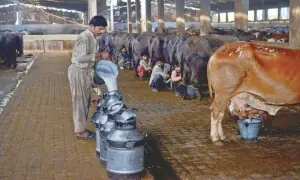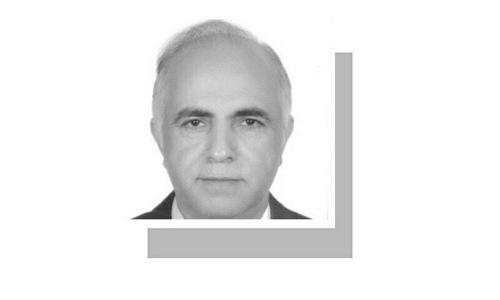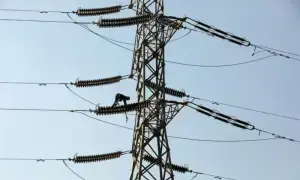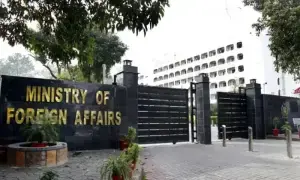IT appears that the country’s wheat troubles are far from over.
The government’s — delayed — intervention through resumption of supplies of the subsidised grain to mills from its stocks may have eased the shortages in parts of the country and helped contain the increase in flour rates, but many consumers still continue to pay exorbitant sums for wheat.
Read: Rate of wheat climbs down but no cut in flour price
The demand for wheat flour as a major staple is inelastic. This means that a hike, no matter how large it may be, does not reduce its consumption, or at least does not effect too much of a change in eating routines. In fact, people will cut expenditure on other items to pay for flour. Little wonder then that it is easier for wheat stockists and flour millers to raise their prices without loss in sales in times of both real and artificial scarcity — even at the risk of causing unrest among the people, especially the poor who spend more than half their monthly income on food.
A debate continues as to what caused the grain’s prices to shoot up in the first place.
The usual suspects include corporate greed and/or blunders by the government that allowed the export of wheat and wheat flour between August and October despite a ban imposed on July 30. It is hard to blame a for-profit business for exploiting an opportunity. But governments are expected to regulate the markets in a way that minimises the chances of anyone fleecing the people.
Unfortunately, the ruling PTI has repeatedly proved itself inept on this score.
It all started with a sharp surge in the price of tomatoes because of supply disruptions a few months back, pushing food inflation for the poorest segments of the population to above 20pc.
Just when tomato rates started tumbling, we had reports of wheat shortages pouring in from across the country with forecasts of a significant rise in flour prices.
Even in Punjab, where there was no scarcity of wheat, the price of wholegrain flour shot up to Rs70 a kilo on the back of rising wheat prices.
Following the wheat crisis was a very sharp jump in sugar rates, which have skyrocketed to Rs85 a kilo in the retail market from less than Rs70 a kilo a few weeks ago. Each time the people saw an administration standing on the sidelines, helplessly watching the market batter consumers.
The elevated food rates seem to have entrenched themselves and there is little likelihood of prices dropping back to previous levels. It means the poorer segments of the population will be forced to cut their health, education and other essential spending to meet food expenses.
In a country where more than a third of the population lives under the poverty line, it is painful to imagine how the vast majority is coping with rising food prices rooted in rampant market greed and poor governance.
Published in Dawn, February 7th, 2020

































